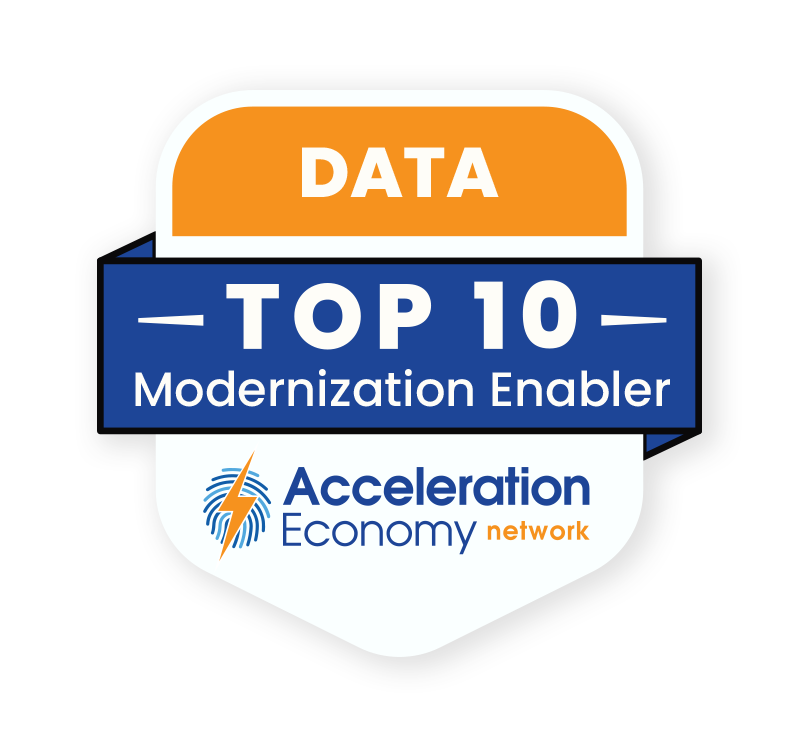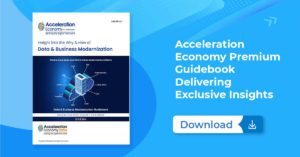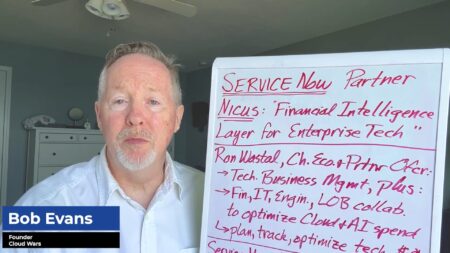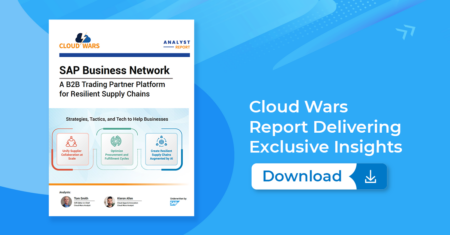
In episode 65 of the Data Modernization Minute, Wayne Sadin discusses the prevalence of Microsoft Excel usage and why chief information officers (CIOs) should help their organizations to stop relying on the spreadsheet.
This episode is sponsored by Acceleration Economy’s Digital CIO Summit, taking place April 4-6. Register for the free event here. Tune in to the event to hear from CIO practitioners discuss their modernization and growth strategies.
Highlights
00:43 — Wayne sees a common problem across companies of all sizes, and all industries, and that is a reliance on Microsoft Excel as the Swiss Army knife of information technology (IT).
01:29 — Everybody knows Excel, right? It’s a wonderfully powerful tool, which is part of the problem. It’s led to monster spreadsheets with 14 pages, horizontal and vertical links, macros, connections to external Excel spreadsheets, and so on.

Which companies are the most important vendors in data? Check out the Acceleration Economy Data Modernization Top 10 Shortlist.
02:07 — You can stick it in a SharePoint site, and have people share it, but sharing gets ugly really quickly. More importantly, this stuff is created typically by one person or by a small team. And so it’s maintained by that group. And that creates the ultimate in shadow IT, or, as Wayne likes to call it, rogue IT.
02:34 — Another problem, Wayne says, is that since Excel models are typically shared by emailing people or storing them somewhere, they lead to model drift and also data drift. This is a serious problem in the Excel world.
03:04 — If you’ve ever worked with Excel, you have spent hours or more than one day debugging it. That is not the way we want to spend our time when we’re trying to solve a problem.
03:39 — You can create almost anything in Excel that you can envision — the program is that powerful — but these creations get complex. Somebody writes a cool model, it gets distributed to multiple places, and now many people are working on it with increasingly complicated ramifications for budgets and audits.
04: 56 — Excel is also relatively insecure. Yes, it can be password-protected, but, as Wayne points out, you can buy a password-unprotector for only $25.
05:15 — So you’ve got an insecure, unmaintainable, unknown, unauditable tool. We wind up with complex models, which Wayne says we have to stop doing when we have alternatives such as low-code/no-code tools and robotic process automation (RPA) tools.
05: 36 — Wayne concludes by saying that CIOs and chief data officers (CDOs) must stop this Excel addiction and replace it with modern, secure manageable, governable tools.
Want more insights into all things data? Visit the Data Modernization channel:











